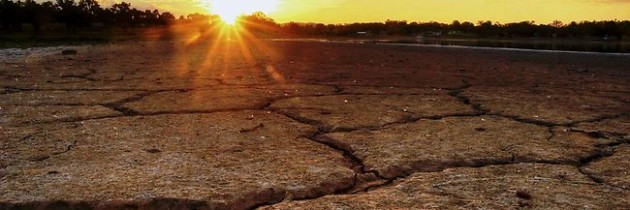In 1992, countries joined an international treaty, the United Nations Framework Convention on Climate Change, to cooperatively consider what they could do to limit average global temperature increases and the resulting climate change, and to cope with whatever impacts were, by then, inevitable.
This time line detailing the international response to climate change.
2013 – Key decisions adopted at COP19/CMP9 include decisions on further advancing the Durban Platform, the Green Climate Fund and Long-Term Finance, the Warsaw Framework for REDD Plus and the Warsaw International Mechanism for Loss and Damage. More on the Warsaw Outcomes.
2012 – The Doha Amendment to the Kyoto Protocol is adopted by the CMP at CMP8. More on the Doha Amendment. Several decisions taken opening a gateway to greater ambition and action on all levels. More on the Doha Climate Gateway.
2011 — The Durban Platform for Enhanced Action drafted and accepted by the COP, at COP17. More on the Durban outcomes.
2010 — Cancun Agreements drafted and largely accepted by the COP, at COP16. More on the Cancun Agreements.
2009 — Copenhagen Accord drafted at COP15 in Copenhagen. This was taken note of by the COP. Countries later submitted emissions reductions pledges or mitigation action pledges, all non-binding.
2007 — IPCC’s Fourth Assessment Report released. Climate science entered into popular consciousness. At COP13, Parties agreed on the Bali Road Map, which charted the way towards a post-2012 outcome in two work streams: the AWG-KP, and another under the Convention, known as the Ad-Hoc Working Group on Long-Term Cooperative Action Under the Convention. More about the Bali Road Map.
2005 — Entry into force of the Kyoto Protocol. The first Meeting of the Parties to the Kyoto Protocol (MOP 1) takes place in Montreal. In accordance with Kyoto Protocol requirements, Parties launched negotiations on the next phase of the KP under the Ad Hoc Working Group on Further Commitments for Annex I Parties under the Kyoto Protocol (AWG-KP). What was to become the Nairobi Work Programme on Adaptation (it would receive its name in 2006, one year later) is accepted and agreed on. More about the Nairobi Work Programme.
2001 — Release of IPCC’s Third Assessment Report. Bonn Agreements adopted, based on the Buenos Aires Plan of Action of 1998. Marrakesh Accords adopted at COP7, detailing rules for implementation of Kyoto Protocol, setting up new funding and planning instruments for adaptation, and establishing a technology transfer framework.
1997 — Kyoto Protocol formally adopted in December at COP3. More about the Kyoto Protocol.
1996 — The UNFCCC Secretariat is set up to support action under the Convention. More on the Secretariat.
1995 — The first Conference of the Parties (COP 1) takes place in Berlin.
1994 — UNFCCC enters into force. An introduction to the United Nations Framework Convention on Climate Change.
1992 — The INC adopts UNFCCC text. At the Earth Summit in Rio, the UNFCCC is opened for signature along with its sister Rio Conventions, UNCBD and UNCCD. More about the two other Rio Conventions: UNCBD and UNCCD.
1991 — First meeting of the Intergovernmental Negotiating Committee (INC) takes place.
1990 — IPCC’s first assessment report released. IPCC and second World Climate Conference call for a global treaty on climate change. United Nations General Assembly negotiations on a framework convention begin.
1988 — The Intergovernmental Panel on Climate Change is set up. More about the science of climate change.
1979 — The first World Climate Conference (WCC) takes place.
Read More




